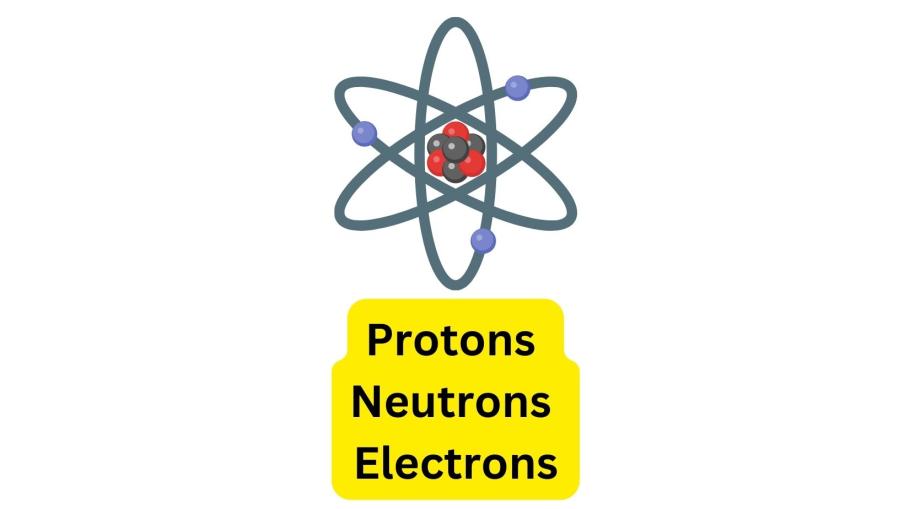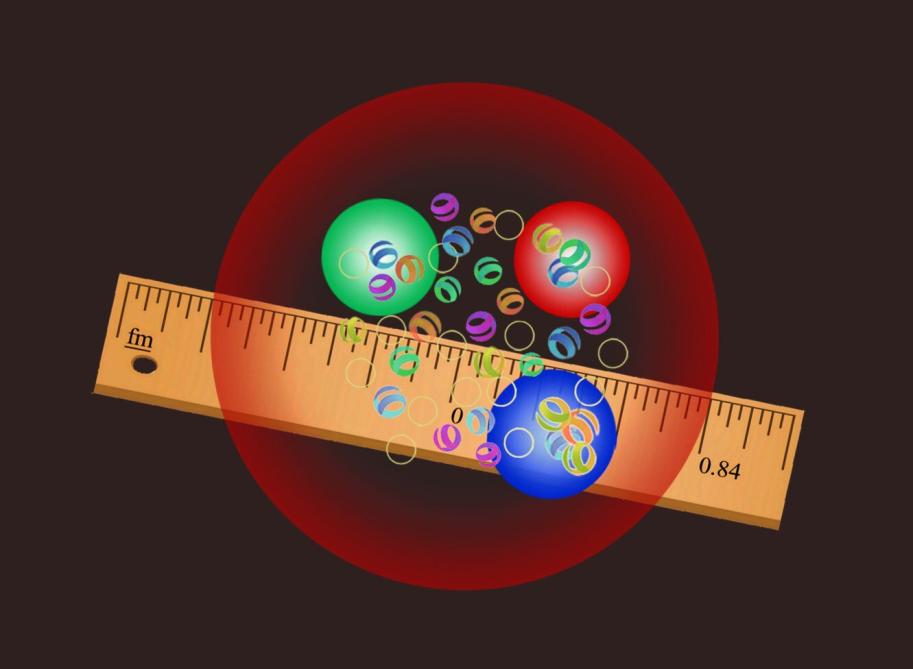What are the Different Types of Northern Lights Displays?
The Northern Lights, also known as Aurora Borealis, are a captivating natural phenomenon that illuminates the skies with vibrant colors and dynamic patterns. This celestial spectacle is caused by the interaction between charged particles from the sun and the Earth's magnetic field. These particles, carried by the solar wind, collide with atoms and molecules in the Earth's atmosphere, releasing energy in the form of light.

Types of Northern Lights Displays
The Northern Lights displays exhibit a wide range of forms and colors, each with its unique characteristics.
- Pulsating Auroras: These auroras appear as flickering and dancing lights that change in brightness and intensity. They are caused by variations in the solar wind, which can be influenced by solar activity such as sunspots and flares.
- Homogeneous Auroras: In contrast to pulsating auroras, homogeneous auroras are steady and uniform in appearance. They result from a continuous flow of charged particles from the solar wind interacting with the Earth's magnetic field.
- Rayed Auroras: Rayed auroras are characterized by long, narrow bands of light that extend from the horizon towards the zenith. They are formed when the solar wind interacts with the Earth's magnetic field in a specific way, creating distinct rays of light.
- Corona Auroras: Corona auroras appear as circular or oval-shaped lights that surround the magnetic pole. These auroras occur when the solar wind interacts with the Earth's atmosphere at high altitudes, resulting in a crown-like formation.
- Flaming Auroras: Flaming auroras resemble flames or curtains of light that dance across the sky. They are caused by the interaction of the solar wind with the Earth's magnetic field at lower altitudes, creating a dynamic and captivating display.
Factors Influencing Northern Lights Displays
The appearance and intensity of the Northern Lights are influenced by several factors:
- Solar Activity: The intensity of the Northern Lights is directly related to solar activity. Sunspots and solar flares release large amounts of charged particles into the solar wind, which can lead to more intense and frequent aurora displays.
- Geomagnetic Storms: Disturbances in the Earth's magnetic field, known as geomagnetic storms, can also trigger aurora displays. These storms can disrupt the normal flow of charged particles, resulting in increased aurora activity.
- Atmospheric Conditions: Clear skies and darkness are essential for observing the Northern Lights. Cloud cover and light pollution can obscure the aurora's visibility, making it difficult to appreciate its full beauty.
Observing the Northern Lights
To witness the Northern Lights, it is important to choose the right location and time:
- Best Viewing Locations: High-latitude regions, such as Alaska, Canada, and Scandinavia, offer the best chances of seeing the Northern Lights. Dark and remote areas with minimal light pollution are ideal for aurora viewing.
- Tips for Aurora Viewing: Plan your trip during the aurora season, which typically runs from September to April. Check aurora forecasts and weather conditions before your trip to increase your chances of success. Dress warmly and bring necessary gear, such as a camera, tripod, and warm clothing.

The Northern Lights are a dynamic and unpredictable natural phenomenon, making each display unique and awe-inspiring. Whether you are a seasoned aurora chaser or a first-time observer, the beauty and majesty of the Northern Lights will leave you captivated and in awe of nature's wonders.
YesNo

Leave a Reply